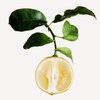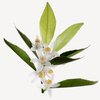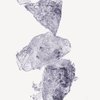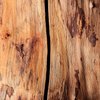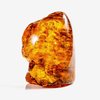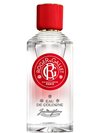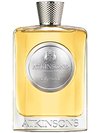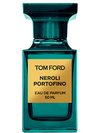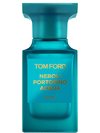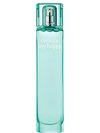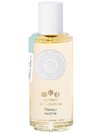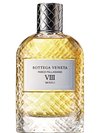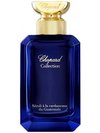Neroli
Sweet odor, floral, fresh, powerful, more citrusy and green than an orange blossom.
The floral scent of blossoms meets the delicious tang of citrus fruit in an intoxicating celebration of fragrance. Neroli is particularly powerful—as the most fragrant of citrus flowers. It sparkles as a top note with an utter freshness that is mellowed only by its subtle sweetness.
Data sheet
- Type
- Extraction Method
- Used parts
- Natural raw material
- Steam distillation
- Blossoms




